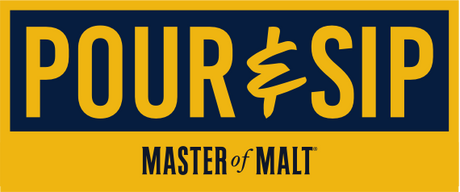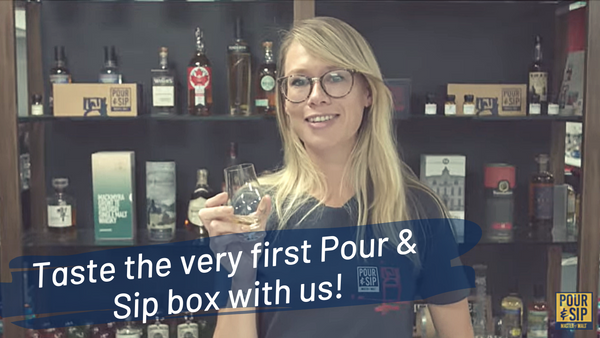Just how old is Old Perth?
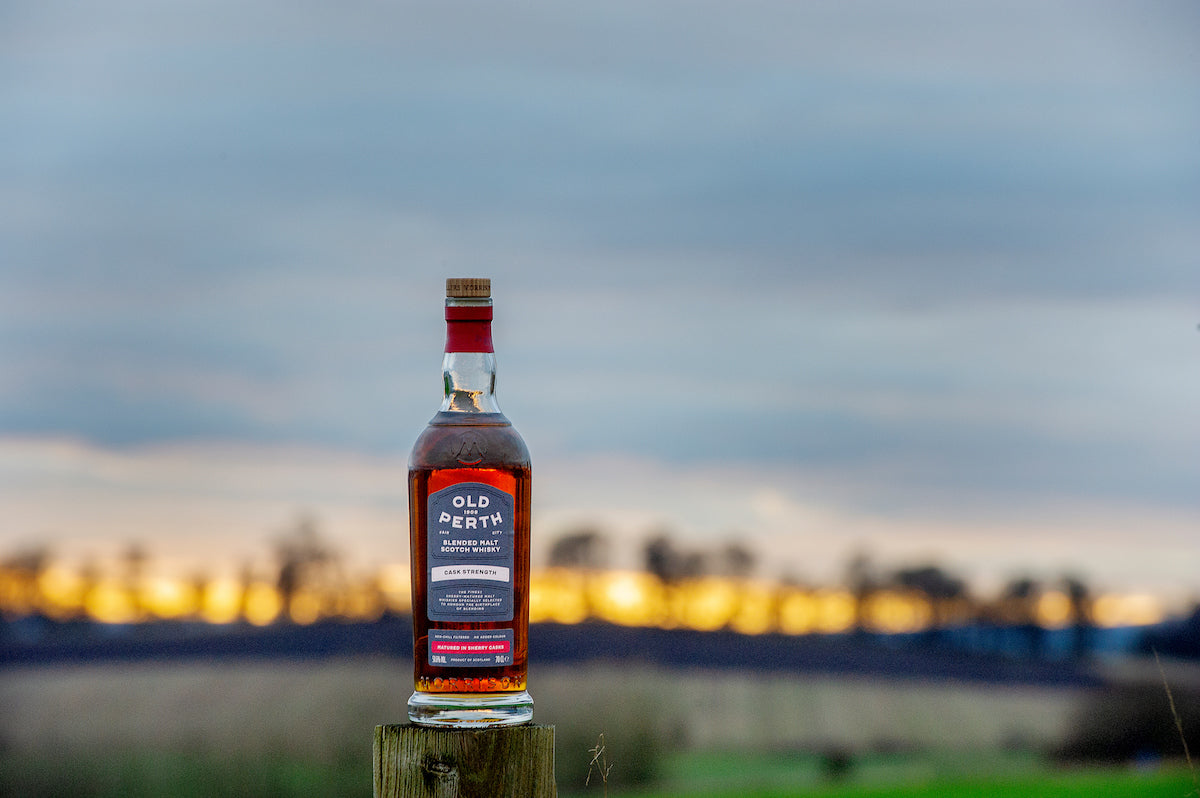
Just how old is Old Perth? Though the whisky as we know it today was only relaunched in 2014, we’re taking a trip back in time much further than that for this story.
Where do we start?
To (hopefully) nobody’s surprise, the brand’s roots are in the central Scottish city of Perth. You might think it all began with Peter Thomson, who set up his drinks and grocery business in 1908 that led to the Old Perth name being created. But would he have had the know-how to do this if his own father hadn’t run a whisky and grocery shop? And would this have been the family business if the Grandtully distillery wasn’t in their possession, acquired by John Thomson in 1837 (though it closed in 1914)? Oh, and then there’s the family legend that during the Highland Rebellions of 1715 and 1745, the Thomson family were a little too preoccupied with distilling (and drinking) their own whisky to get involved. Old Perth’s origins are certainly up for debate.
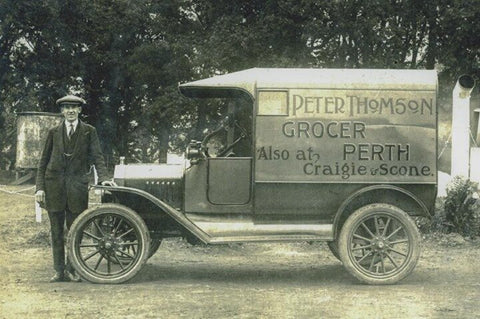
Anyhow, Peter Thomson is the main man responsible for the traceable beginnings of the Old Perth brand. Launching his shop (inventively named Peter Thomson Ltd.) in 1908, it wasn’t long before World War I began to take its toll – but it managed to survive. The first brand he launched was Beneagles, which contained a decent proportion of Macallan single malt and North British grain whisky. Another brand that was launched around the same time was Old Perth, a premium blended whisky made up of Speyside, Highland, and Islay malts along with North British grain whisky.

After Peter died in 1939, his son David Kinnear Thomson took up the mantle, but history wasn’t in their favour once again. Just a year later he was captured by the Germans at Dunkirk, spending the rest of the war in a prisoner-of-war camp. His secretary, the more than competent Miss Cameron, is to thank for managing the firm until the war ended – and after David returned!
With two world wars behind it, the firm was able to focus on its marketing tactics. Most notably, it began housing its Beneagles whisky in miniature ceramic bottles shaped like the Loch Ness monster, eagles, whisky barrels – even a chess set inspired by the rivalry between Scotland and England, with the whisky held within the playing figures who were made up of the likes of Mary Queen of Scots, Elizabeth I, and Henry VIII.
The rise and fall of Old Perth
All this time, precious Macallan had been going into the blends, but in the 1960s it was decided to let it shine on its own. Luckily, Peter Thomson had obtained exclusive rights to sell Macallan. By 1985 they were selling 10,000 cases a year. The numbers were so good that it was through this decision from the Thomson family that Macallan eventually realised it ought to handle that side of things themselves.
Because of this high Macallan content, Beneagles took on popularity quicker than Old Perth. The family began to focus on wholesaling, with the last retail shop closing in 1973. With every case of Beneagles, a bottle of Old Perth was thrown in for good measure to get the brand on the map. It didn’t quite work though, and eventually Old Perth was totally replaced by Beneagles within the company’s portfolio. In 1983 they sold the firm, it eventually became incorporated into Whyte & Mackay in 1993, and by 2011 it was no more.
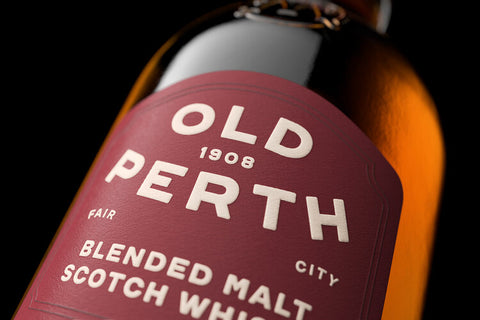
All's not lost
As we well know, this was not the end! Fast-forward to 2005, and in comes Morrison & Mackay, which acquired the Old Perth brand name from Whyte & Mackay. It was relaunched in 2014 heavily-inspired by the original Old Perth, though with the main difference of not including any grain whiskies. Instead, it brings together exclusively sherry-matured malt whiskies from a few distilleries in the Glenlivet region of Speyside.
We bet you didn’t think there’d be this much history to appreciate while you sip!

